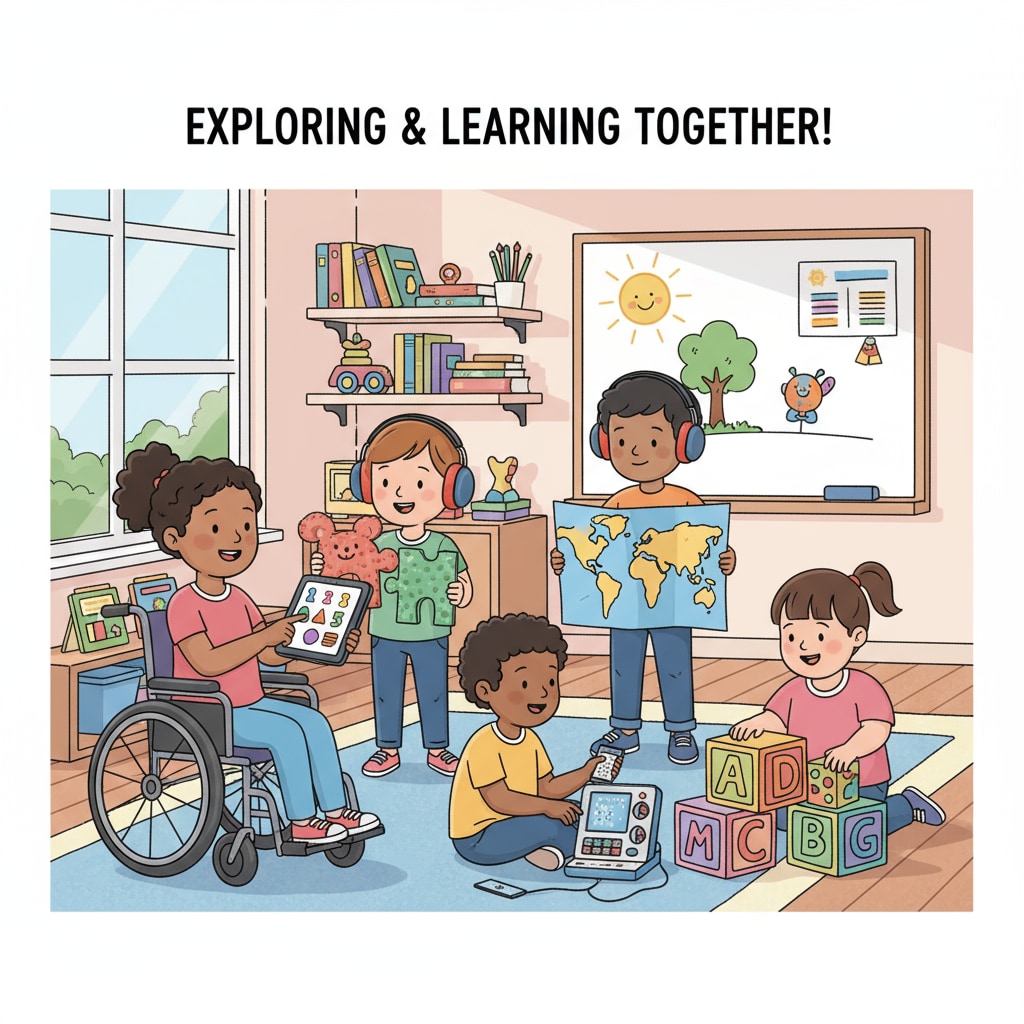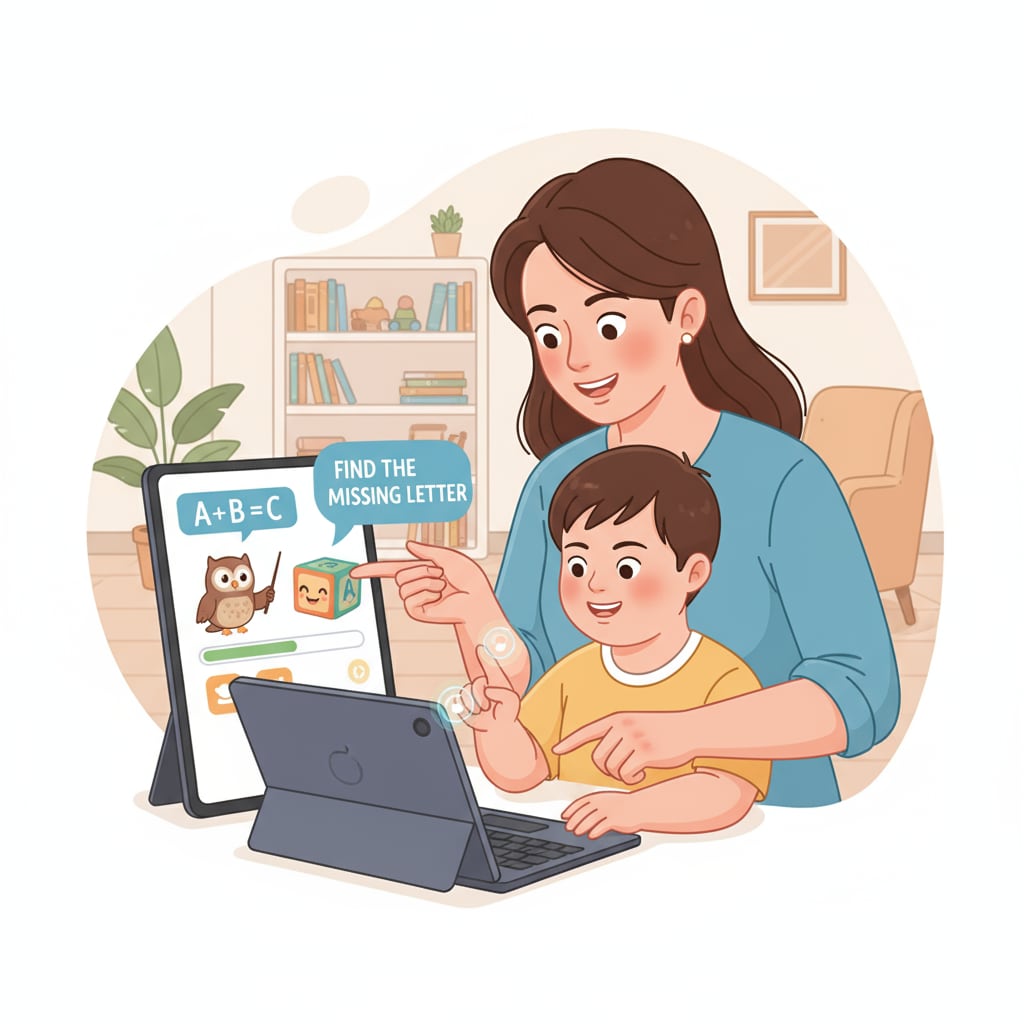Tutoring apps for children with special needs have emerged as a revolutionary force in the field of education, taking into account user feedback to address the unique challenges these children face. In a world where every child deserves access to quality education, these apps are building bridges between children with special needs and the educational resources they require.
The Struggles of Children with Special Needs in Education
Children with special needs often encounter numerous obstacles when it comes to accessing educational resources. For example, geographical location can be a significant barrier. Rural areas may lack specialized educators, leaving these children with limited options. Additionally, the cost of private tutoring can be prohibitive for many families. As a result, these children may fall behind in their learning, which can have long – term impacts on their development. According to Understood.org, a leading resource for special needs education, many children with special needs are not receiving the individualized attention they need in traditional educational settings.

Designing Tutoring Apps: Understanding User Needs
To create effective tutoring apps for children with special needs, understanding the needs of both parents and educators is essential. Parents are often the first to identify the specific learning requirements of their children. Through user feedback, app developers can learn about the unique challenges these children face, such as difficulty with reading, writing, or social skills. Educators, on the other hand, can provide insights into teaching methods that are most effective for children with special needs. By collaborating with parents and educators, developers can design apps that are tailored to the specific needs of these children. For instance, some apps may incorporate adaptive learning features, adjusting the difficulty level of tasks based on the child’s performance. This approach is in line with the principles of individualized education, as emphasized by IEPConnect.

Once the basic design of the app is in place, continuous user feedback is crucial for improvement. Parents and educators can report on the app’s usability, effectiveness, and any areas that need enhancement. For example, if an app’s interface is too complex for a child with special needs to navigate, developers can simplify it. Based on user feedback, features can be added or removed to ensure the app remains relevant and useful. This iterative process of design and feedback is what makes these tutoring apps truly effective in meeting the needs of children with special needs.
Readability guidance: As seen above, we use short paragraphs to convey ideas clearly. Each section focuses on a key aspect of tutoring apps for special needs children. The lists and examples help to illustrate points, and we have incorporated external links to reliable sources for further information. Transition words like ‘for example’ and ‘additionally’ are used to make the flow of the text smooth.


